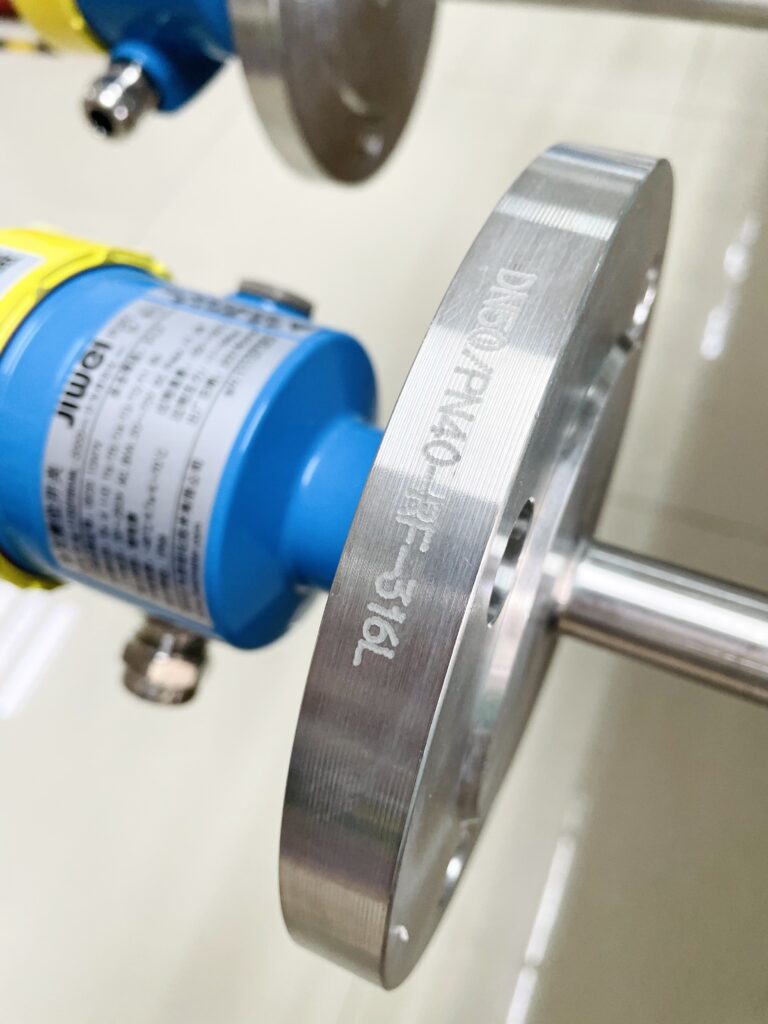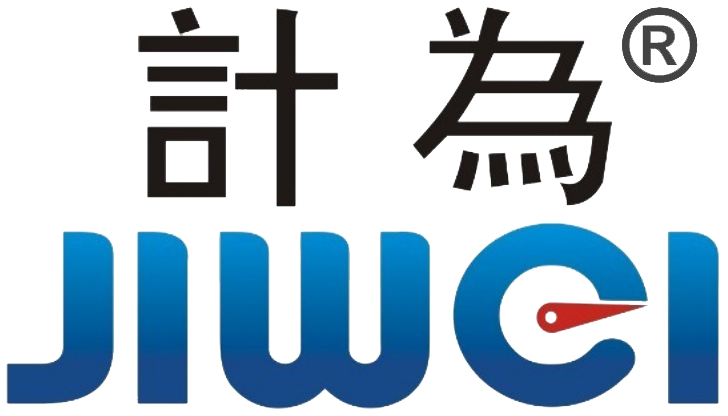Comprehensive Guide to Flange Markings: Specifications, Materials, and Standards Explained
Flanges play a crucial role in industrial piping systems as essential components for connection and sealing. The flange markings engraved on their surfaces provide vital information about their specifications, material composition, design standards, and manufacturing processes. Proper understanding and interpretation of these markings ensure correct installation, operation safety, and efficient maintenance.

What Information Do Flange Markings Contain?
Typically located on the outer rim or sealing face of a flange, flange markings include several key pieces of information:
- Nominal Diameter (DN): This indicates the nominal pipe size that the flange fits. For example, “DN100” corresponds to a flange designed for pipes with a nominal diameter of 100 millimeters.
- Nominal Pressure (PN): The design pressure rating of the flange, usually expressed in bar or megapascals (MPa). Common ratings include PN10, PN16, and PN25.
- Material Code: The material code identifies the flange’s construction material, which determines its strength and corrosion resistance. Common materials include:
- Carbon Steel (e.g., A105)
- Stainless Steel (e.g., 304, 316)
- Alloy Steel (e.g., F22)
- Design Standard: Flanges must comply with specific standards that govern their dimensions and mechanical properties. Widely used standards include:
- ANSI/ASME B16.5 (American Standard)
- EN 1092-1 (European Standard)
- GB/T 9119 (Chinese National Standard)
- Pressure-Temperature Class: Particularly for American flanges, class ratings such as CLASS 150 or CLASS 300 specify the flange’s pressure-temperature capability.
- Heat Treatment: Some flanges include markings indicating heat treatment processes like Normalizing (N) or Quenching and Tempering (QT), which affect mechanical properties.

Why Are Flange Markings Important?
Flange markings provide essential benefits across the lifecycle of piping systems:
- Ensuring Compatibility: Markings help installers verify that flanges are compatible with the connected piping and equipment, preventing costly mismatches.
- Material Identification: Correct material selection is crucial to resist corrosion, pressure, and temperature conditions. Markings enable quick material verification on site.
- Compliance with Standards: Markings certify that the flange meets recognized industry standards, ensuring safety and reliability.
- Traceability and Maintenance: Markings offer traceability for quality control and facilitate efficient maintenance or replacement by providing clear identification.
Differences in Flange Markings Across Countries and Industries
Flange marking conventions vary depending on regional standards and industrial requirements:
- ISO International Standards: Use PN for pressure rating, with typical classes like PN10, PN16, PN25.
- American Standards (ASME/ANSI): Use CLASS rating system, such as CLASS 150, CLASS 300, reflecting pressure-temperature capabilities.
- Japanese Industrial Standards (JIS): Include both pressure rating and material information in marking, for example, 10K SUS304.

Common Issues with Flange Markings
Despite their importance, flange markings can face challenges that affect usability:
- Fading or Damage: Prolonged exposure to harsh environments may cause corrosion or wear, rendering markings illegible. Regular inspections are necessary.
- Misinterpretation: Variations in marking conventions between standards or regions can lead to confusion, especially in multinational projects.
- Incomplete Markings: Low-quality or counterfeit flanges may lack critical marking information, increasing risks during installation.
Innovations in Flange Marking Technology
In recent years, advancements in flange marking technology have significantly improved traceability and anti-counterfeiting capabilities. Traditional mechanical engraving methods are being replaced or supplemented by laser marking, QR codes, and digital ID systems. Laser-etched markings offer higher precision and durability, especially in corrosive environments like chemical plants or offshore installations. Furthermore, the integration of QR codes allows for quick access to digital documentation, including material certificates, pressure-temperature charts, and compliance reports. These innovations not only enhance quality assurance but also support Industry 4.0 initiatives by enabling smart asset management across entire industrial facilities.
Conclusion
Flange markings serve as the “identity cards” of flanges in industrial piping systems, conveying essential information about size, material, standards, and manufacturing processes. Correct interpretation of these markings is vital for ensuring the safe, efficient, and reliable operation of piping networks. As technology advances, digital and smart marking systems are expected to enhance traceability and management of flanges in complex industrial environments.
